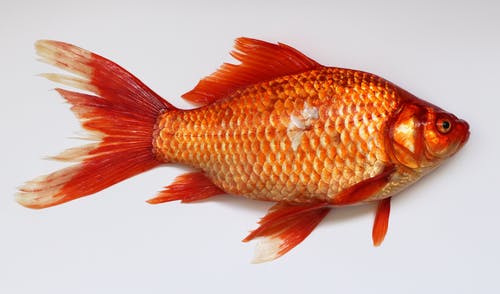
Orthopedic issues do not only affect humans. Our pets are equally as prone to musculoskeletal complications, specifically if they are physically engaged. Orthopedic conditions affect your pet’s bones, joints, and muscle mass. They can occur due to an accident, injury, or genetic predisposition to the illness. While medicine can be used to treat many orthopedic ailments, there are occasions when surgery is the only choice for your pet’s pain and discomfort.
When should you consider having your pet go through orthopedic surgery? Your vet is your safest choice for prognosis and treatment since they will recognize when non-surgical options have been exhausted and when it is time to consider orthopedic surgery.
Orthopedic Problems in Pets That Require Surgery
One of the most typical treatments conducted by vets is orthopedic surgery on pets like canines and cats. Orthopedic surgery is used to address health problems of the joints, such as hip dysplasia, and to fix damage to the body, including torn ligaments.
You may not know if your pet requires orthopedic surgery, just like numerous other pet owners. The vets can offer all the relevant information you need to understand this treatment area. Only they can establish if operating on your pet is the best choice. Alternatively, you can consult your veterinarian for more information on how veterinary wellness plans protect your pet from orthopedic injuries.
Hip Dysplasia
This genetic disorder affects your pet’s hips and is most prevalent in large-breed dogs. Treatment usually consists of taking anti-inflammatory meds on a daily basis, but if your pet develops arthritis in the joint, titanium replacements may be needed. Surgical hip replacement is an expensive and complex procedure, but it can improve your pet’s lifestyle. Signs of hip dysplasia in your pet:
- Jumping, running, or climbing stairs is difficult
- A swaying walk
- The space between your pet’s legs may appear wider than usual
- Your pet’s legs may appear shorter than the others
- Reduced mobility and range of motion
- Lameness in the tail
If anti-inflammatory medicines and other therapies no longer provide comfort, your pet may be referred for orthopedic surgical treatment to replace the joint. If you are searching for a Waxhaw animal hospital to treat your pet’s hip dysplasia, you can ask your vet for advice.
Patellar Luxation
Another term for the patella is the knee cap. When a pet’s knee isn’t working appropriately, it can dislodge from its normal holding groove. This is usually due to the groove being too shallow. The following are indicators of a dislocated knee joint in your pet:
- Evident pain
- At the knee, licking or biting
- Limping
- Unwillingness to walk
- Unable to bear weight on the leg
Cruciate Ligament Tears
Tears in the anterior cruciate ligament, or ACL, are common injuries affecting the knee’s stability. An ACL injury can not be cured by resting the knee or taking medication. Surgical treatment is required to repair a ruptured cruciate tendon in animals, just as in humans, to prevent the growth of severe and unbearable joint inflammation. Various procedures exist for cruciate ligament surgery; experts in pet orthopedics can advise you on the one that has the most effective possibility of success with your pet.
Conclusion
Injuries and abnormalities of the bone and joint system are often treated with orthopedic surgery, which aims to alleviate discomfort and address its source. Frequently, pet owners don’t have to worry about any more damage after the procedure. Orthopedic surgery can prevent further injury and deterioration, even in extreme cases. At the same time, it also aids in recuperating mobility and function, allowing your beloved pet to resume normal activities.
